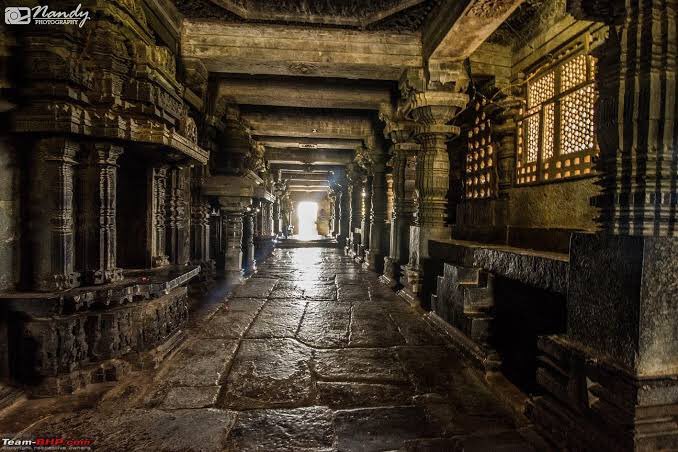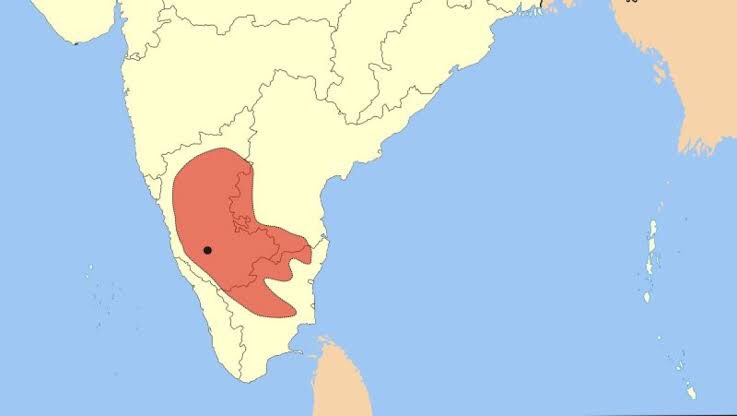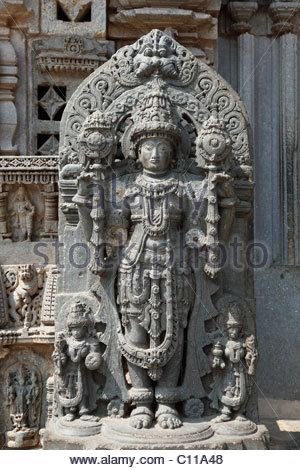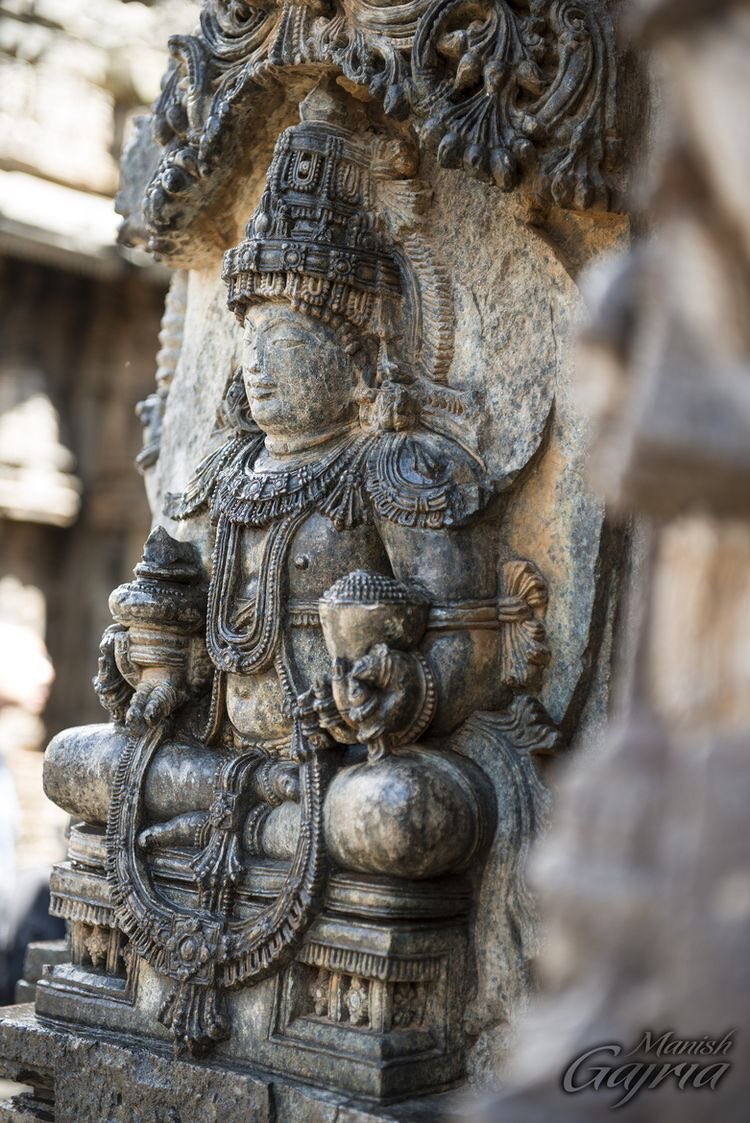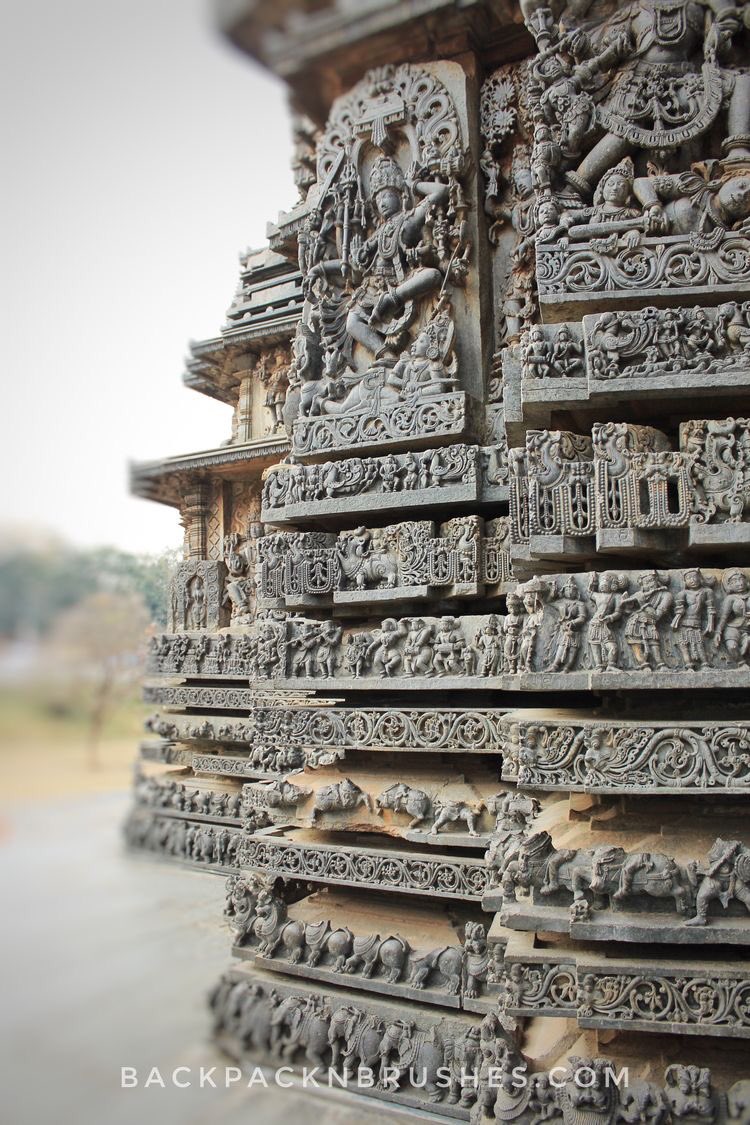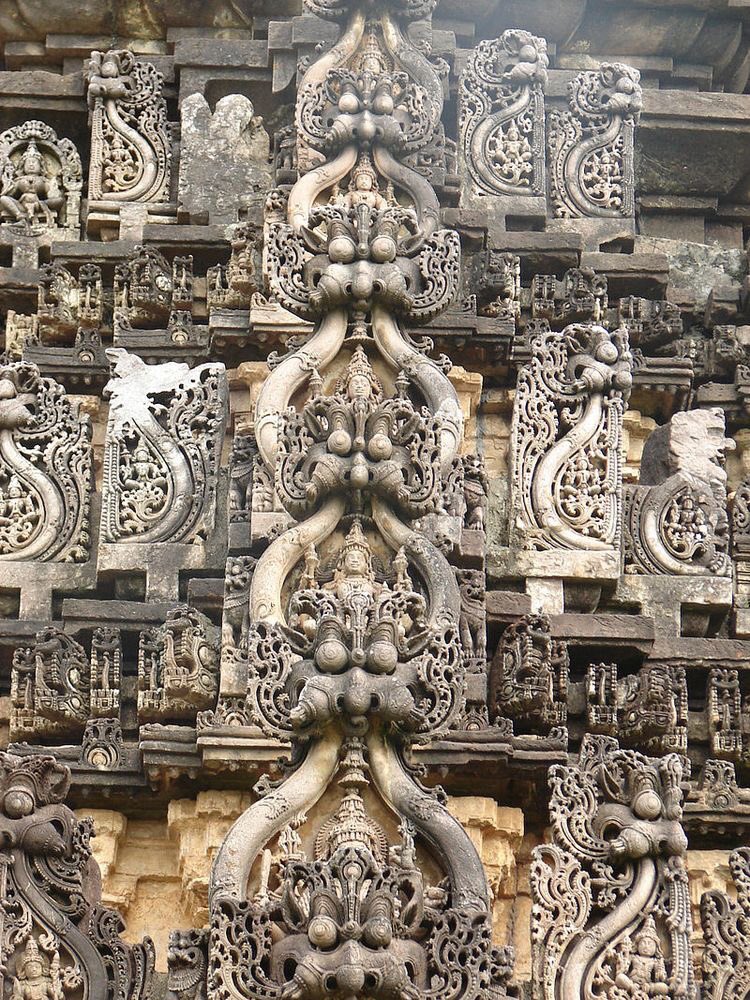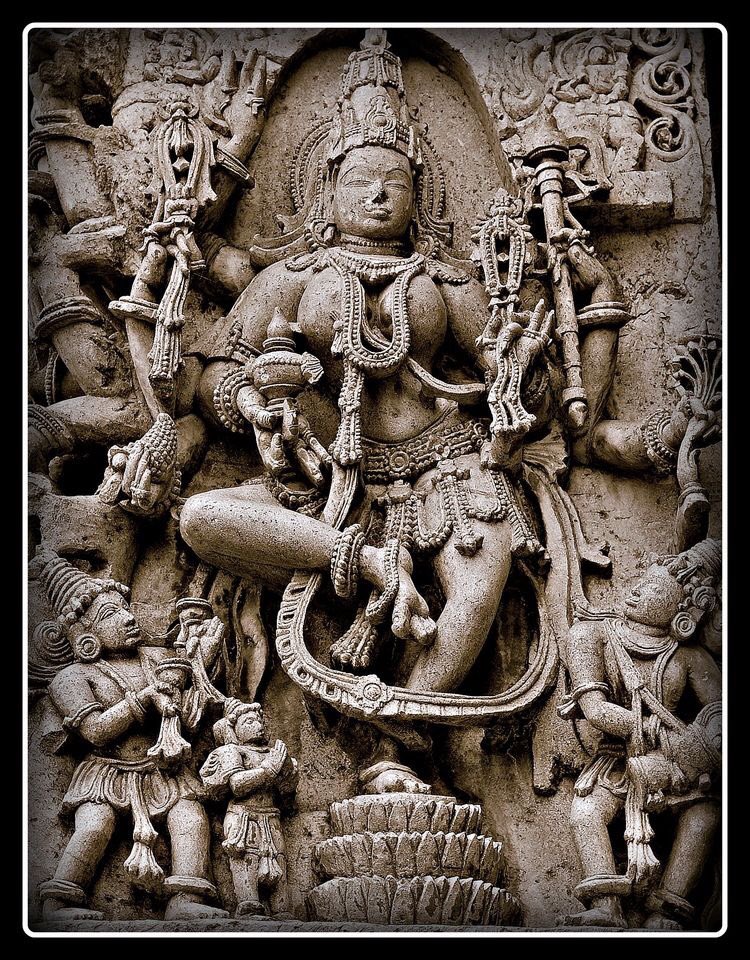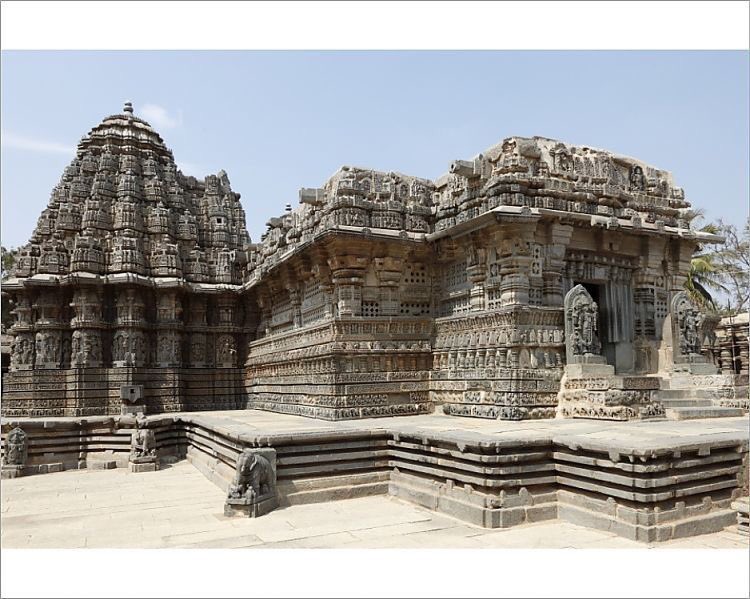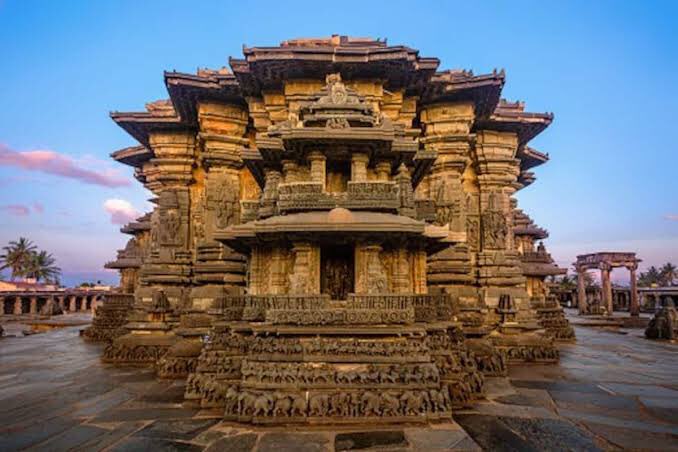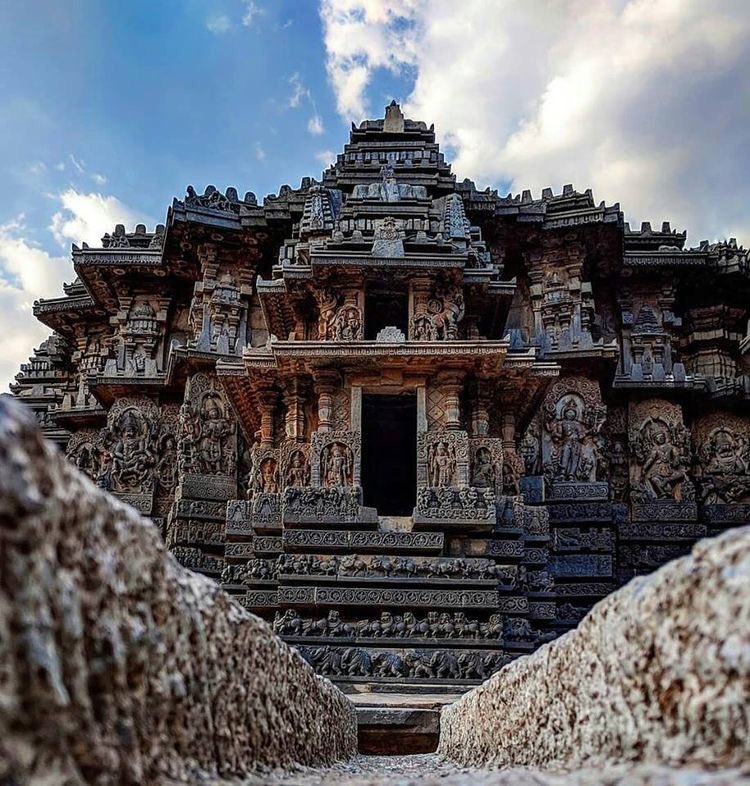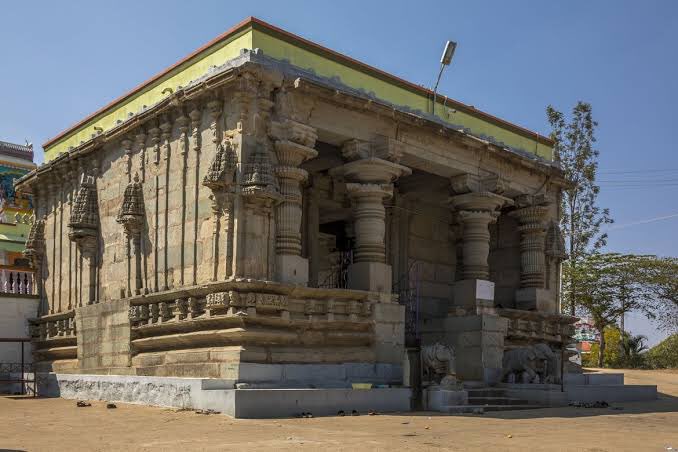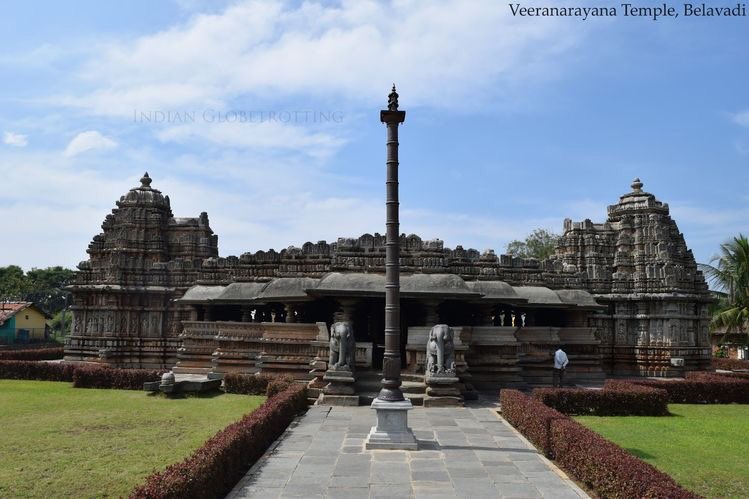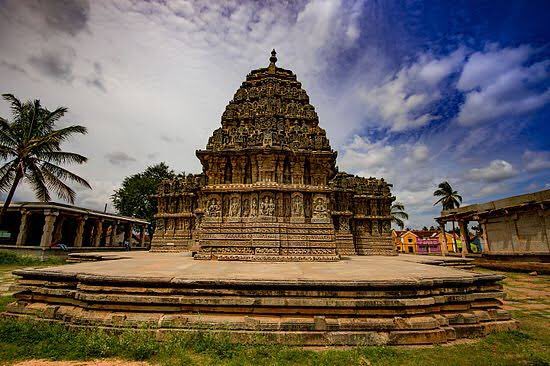#Thread on Hoysala, the forgotten empire.
The Hoysales, an indigenous dynasty who ruled for three centuries over almost the whole of Karnataka, leaving a rich heritage of imperishable monuments of art and culture. Belur was their capital city which was later moved to Halebidu.
The Hoysales, an indigenous dynasty who ruled for three centuries over almost the whole of Karnataka, leaving a rich heritage of imperishable monuments of art and culture. Belur was their capital city which was later moved to Halebidu.
Early inscriptions, dated 1078 and 1090, have implied that the Hoysalas descended from the Yadava by referring to the Yadava vamsa (clan) as Hoysala vamsa. Records have yet to be found directly linking the Hoysalas to the Yadavas of North India.
The 11th century was a period of great prosperity in South India. At the time, the two major powers in the Deccan peninsula were- the 25-year-old Chalukya Kingdom capital in Kalyani (present-day Basavakalyan in Karnataka), & the 150-year-old Chola Kingdom with its capital in
Thanjavur, present-day Tamil Nadu. It was during this period that the Hoysalas 1st emerged, as feudatory chiefs of the Chalukya Empire. In 1116 CE, the first Hoysala chief, Bittiga, defeated the Chola governor of Talakad & annexed large parts of the Chola Empire.
However, the first Hoysala family record dates to 950, naming Arekalla as the chieftain, followed by Maruga and Nripa Kama I (976). Nripa Kama II, who held such titles as Permanadi that show an early alliance with the Western Ganga dynasty, succeeded the next ruler,
Munda (1006–1026).From those modest beginnings, the Hoysala dynasty began its transformation into a strong subordinate of the Western Chalukyas.
In the history of Hoysalas the name, Vishnuvardhana Raya holds great importance.
In the history of Hoysalas the name, Vishnuvardhana Raya holds great importance.
It was under King Vishnuvardhana Raya that the kingdom achieved political prominence. Through his expansive military conquests, the Hoysalas achieved the status of a real kingdom for the first time after winning Gangawadi area from the Cholas in 1116.
Major political changes took place in the south region in the early 14th century when significant areas of northern India came under Alla-ud-din Khilji, who was determined to bring isolated South India under his domain, he sent his commander, Malik Kafur to plunder the Seuna
capital Devagiri in 1311. They subjugated the Seuna empire by 1318, sacking the Hoysala capital Halebidu twice, in 1311 and 1327.
By 1336, the Sultan had conquered the Pandyas of Madurai, the Kakatiyas of Warangal and the tiny kingdom of Kampili.
By 1336, the Sultan had conquered the Pandyas of Madurai, the Kakatiyas of Warangal and the tiny kingdom of Kampili.
The Hoysalas stood as the only remaining Hindu empire able to resist the invading armies. Veera Ballala III stationed himself at Tiruvannamalai, offering stiff resistance to invasions from the north and the Sultanate of Madurai to the south.
Then, after nearly two decades of resistance, Veera Ballala III died at the battle of Madurai in 1343 and the sovereign territories of the Hoysala empire merged with the areas administered by Harihara I in the Tungabhadra region.
Today, the empire is remembered mainly for its temple architecture rather than its military conquests. There are over a hundred temples from this era still standing in various parts of Karnataka. Three of the most well-known Hoysala Temples are-
1. The kesava temple at Somanathapura was built under King Narasimha III in 1268 C.E. This is considered a Vaishnava Temple and has three shrines devoted to the different avatars of Lord Vishnu. The temple is built from soapstone and is known for its lathe turned pillars,
symmetrical architecture and intricate sculptures.
2. Chennakesava temple Belur, was originally the capital of the Hoysala Kingdom. In 1117 AD King Vishnuvardhana commissioned the building of this temple which was originally named the Vijayanarayana Temple.
2. Chennakesava temple Belur, was originally the capital of the Hoysala Kingdom. In 1117 AD King Vishnuvardhana commissioned the building of this temple which was originally named the Vijayanarayana Temple.
Scholars stand divided on whether it was built to celebrate his victory over the Cholas in the battle of Talakad or to commemorate his conversion from Jainism to Hinduism.
It is also renowned for the 48 unique pillars inside the main hall.
It is also renowned for the 48 unique pillars inside the main hall.
Of these the Narasimha pillar and Mohini Pillar are the most well-known.
3. Hoysaleswara Temple- In the 12th Century, the Hoysala capital shifted to Halebidu under the rule of King Vishnuvardhana.
3. Hoysaleswara Temple- In the 12th Century, the Hoysala capital shifted to Halebidu under the rule of King Vishnuvardhana.
It is said that the rich an influential Shaiva followers of the city initiated the construction of this temple in competition with Chennakesava Temple in Belur. This temple is best known for its intricately carved sculptures.
Other most beautiful temples of hoysala kingdom are-
Other most beautiful temples of hoysala kingdom are-
I don’t how they manage to erase such huge and beautiful history from our textbooks?
Plz follow me on Instagram:
https://www.instagram.com/hathyogi31/
Plz follow me on Instagram:
https://www.instagram.com/hathyogi31/
Read about how the name Hoysala was associated with the kingdom and few more details- https://twitter.com/mauna_adiga/status/1349724826173259783

 Read on Twitter
Read on Twitter


